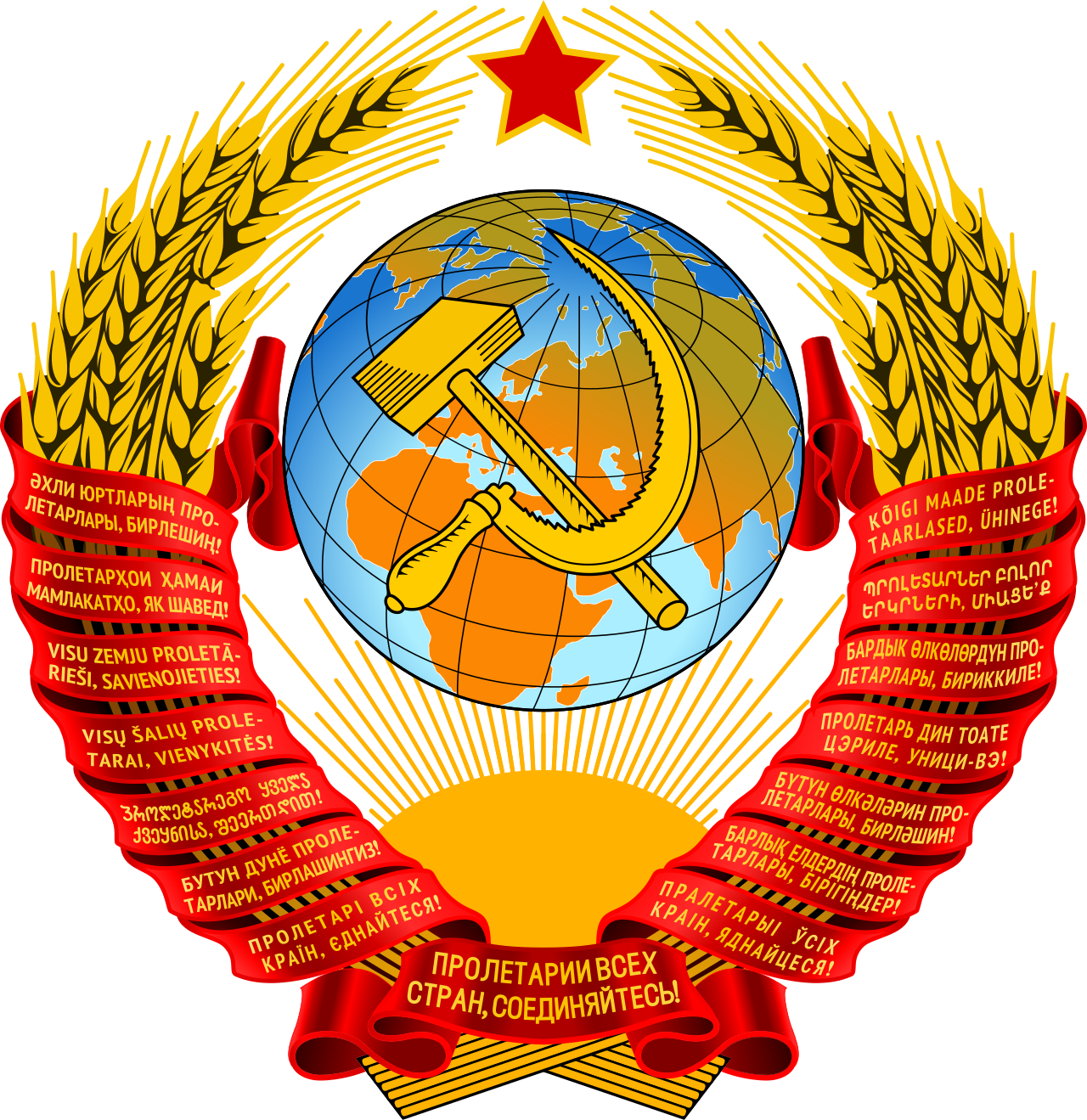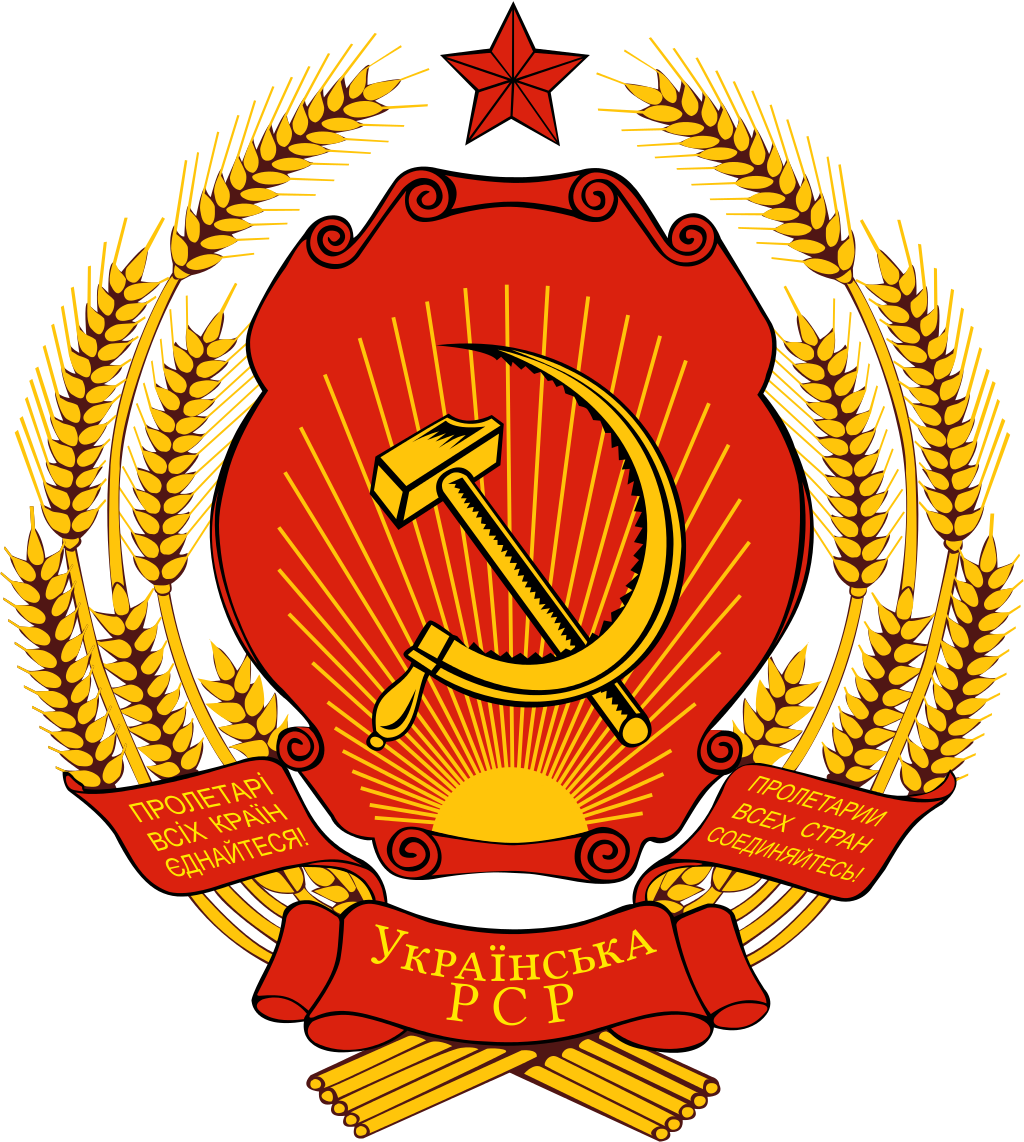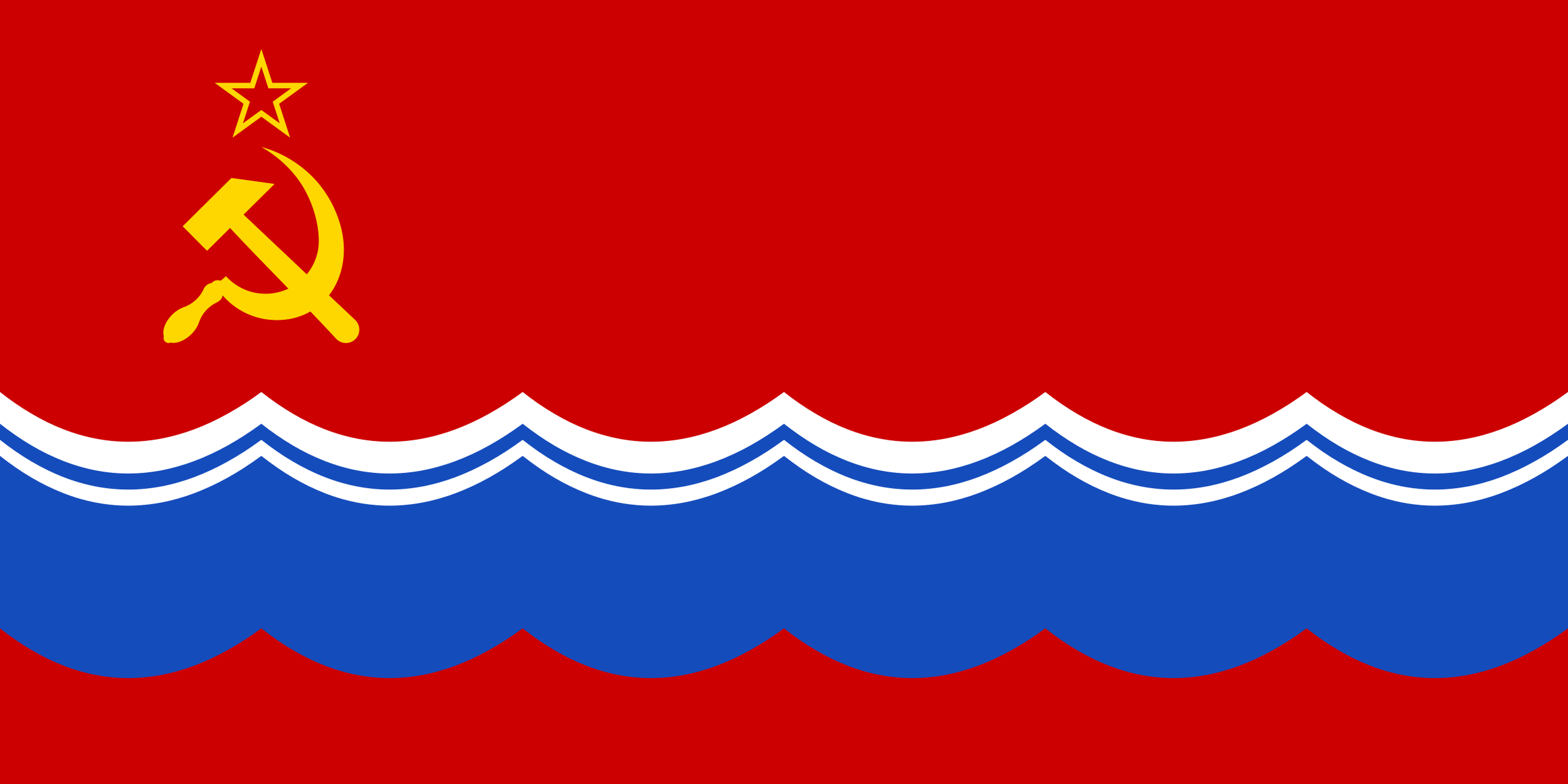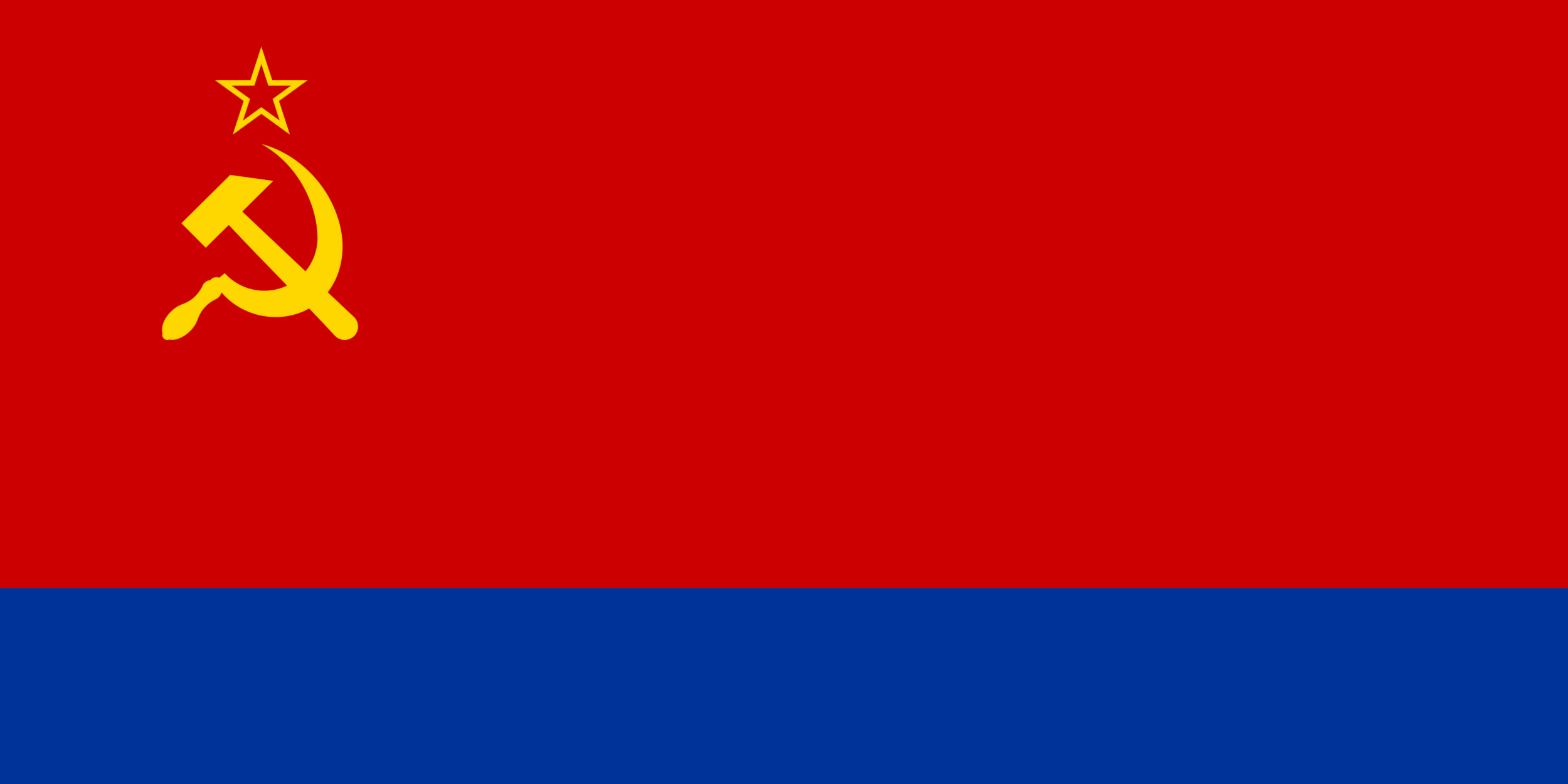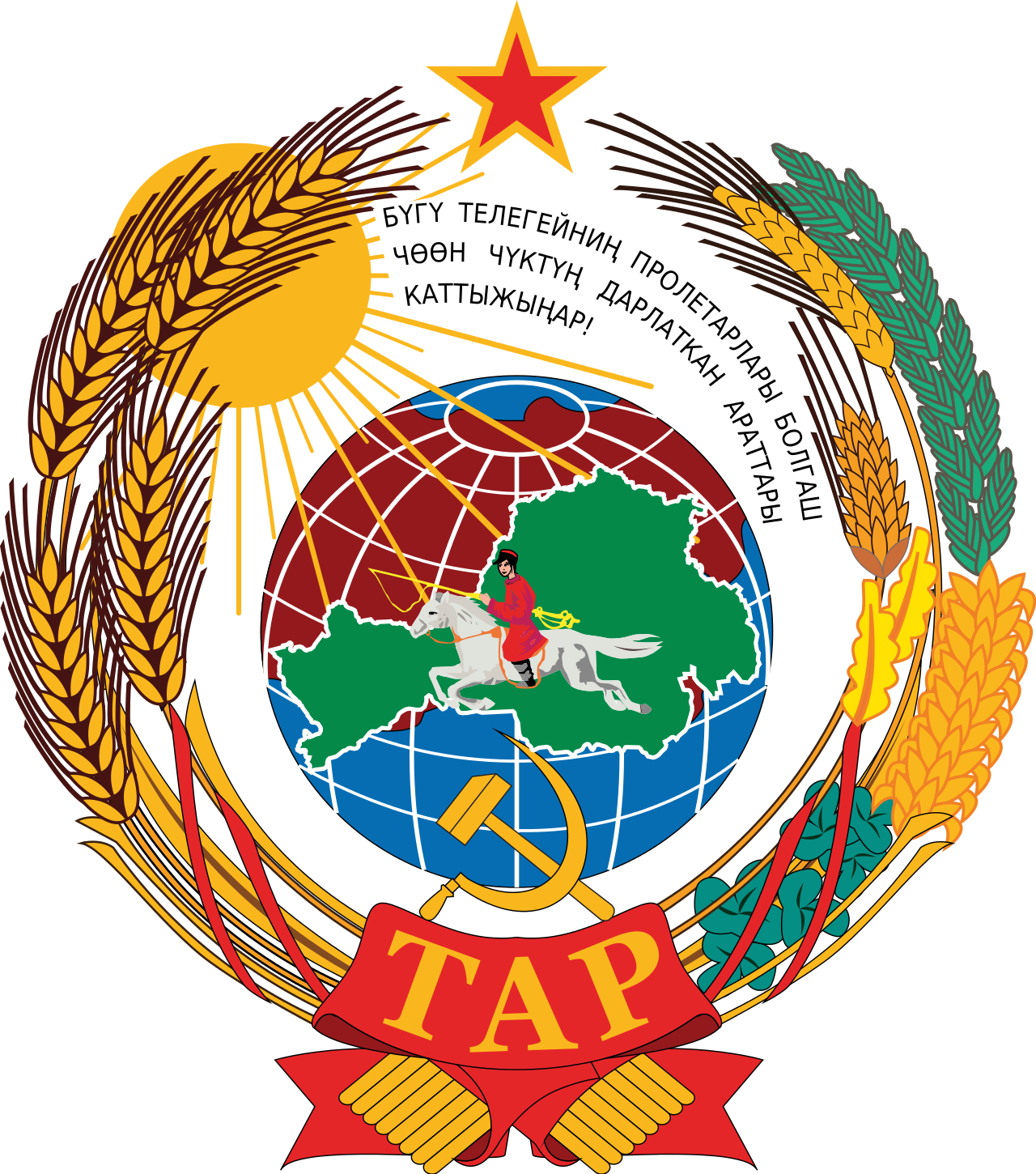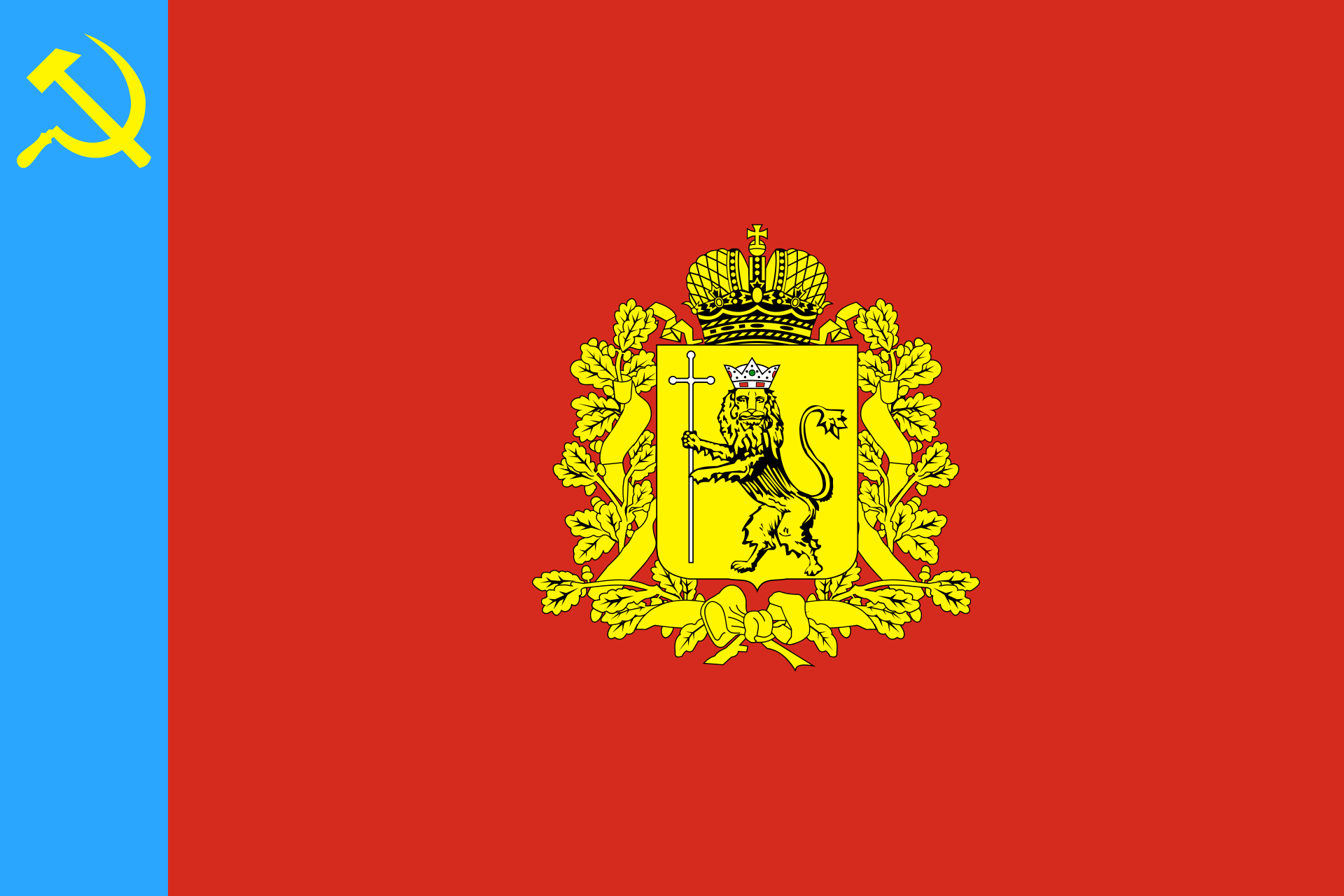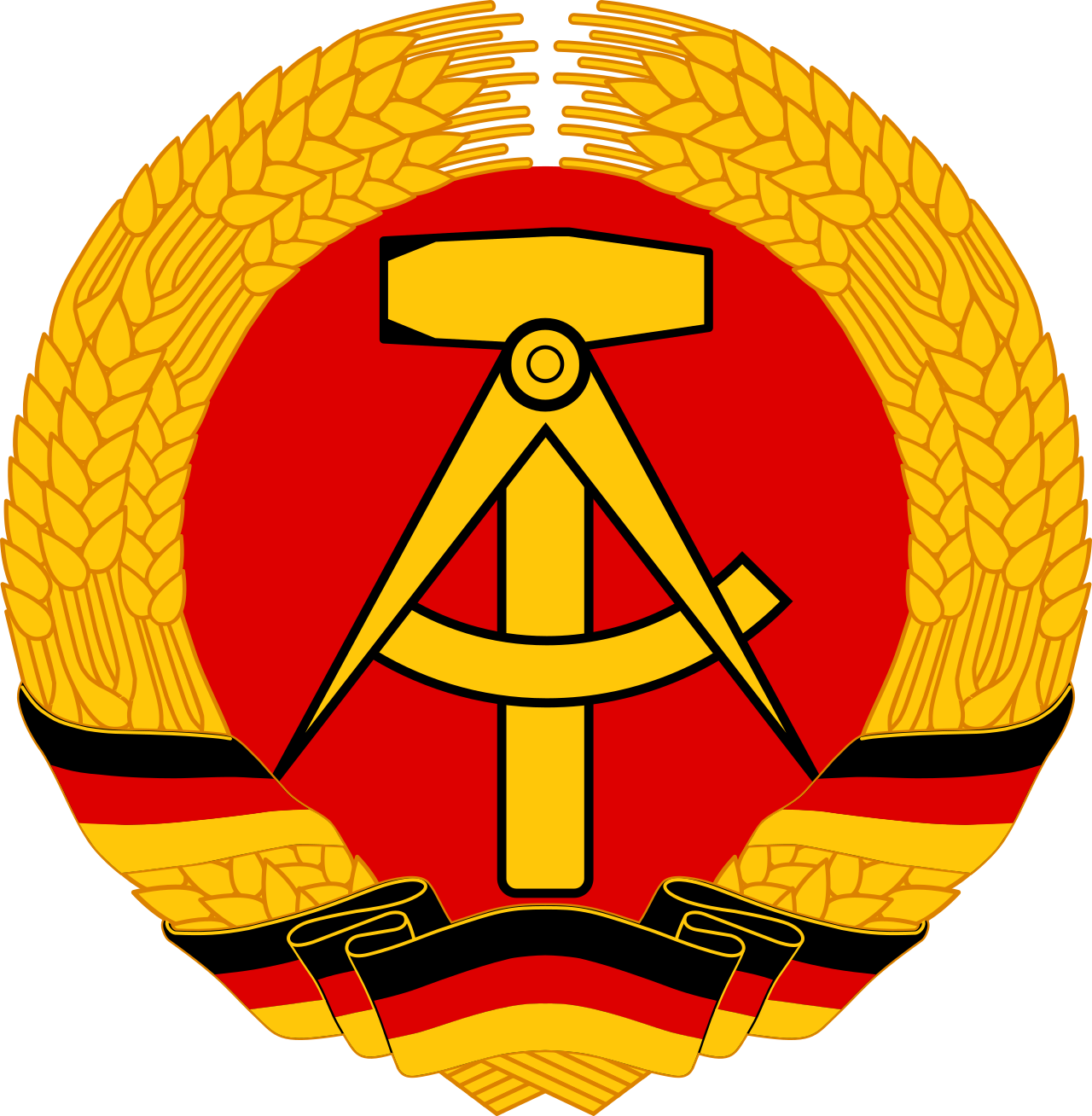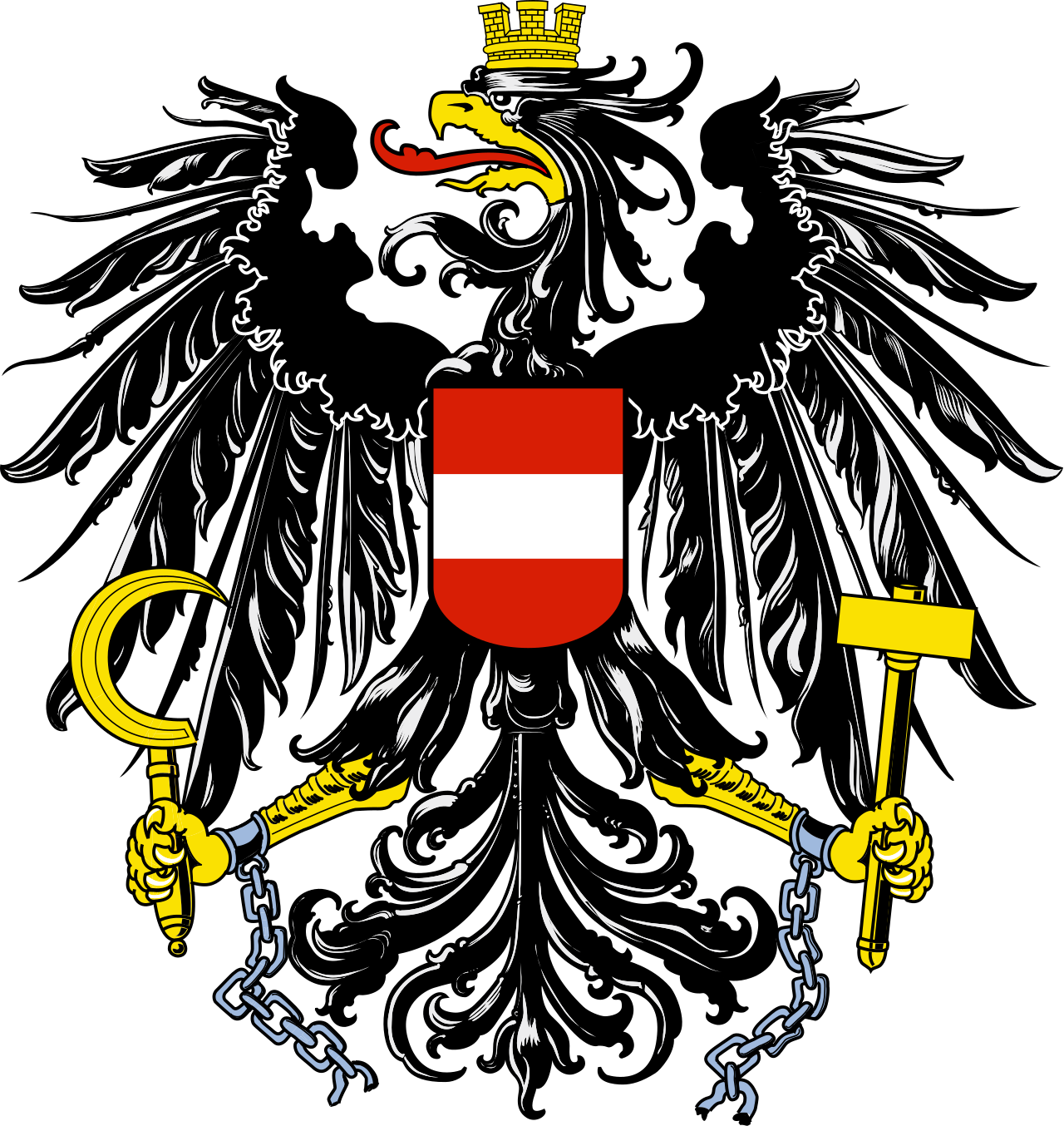Hammer and Sickle on Flags and State Emblems
WHICH COUNTRIES AND REGIONS USED TO DISPLAY THE HAMMER-AND-SICKLE EMBLEM IN THEIR FLAGS OR COAT OF ARMS? WHICH ONES STILL OFFICIALLY FEATURE THIS POWERFUL SYMBOL IN THEIR NATIONAL HERALDRY and Vexillography?
The hammer and sickle ☭ is a symbol meant to represent proletarian solidarity – a union between the peasantry and working-class. It was first adapted during the Russian Revolution, the hammer representing the workers and the sickle representing the peasants. After World War I and the Russian Civil War, the hammer and sickle became more widely used as a symbol for labor within the Soviet Union and for international proletarian unity. It was taken up by many communist movements around the world, some with local variations. Today, even after the dissolution of the Soviet Union, the use of the hammer-and-sickle emblem remains widespread amongst communist parties and marxist organisations. We would require an entire encyclopaedia to encompass all of them. For the sake of brevity, we will solely focus on the use of the hammer and sickle in national/regional heraldry (coat of arms) and vexillography (flags). Which countries and regions used to feature the hammer and sickle in their flags and state emblems? And which ones still persevere?
Let’s begin with the past: the first and foremost example that comes to mind is the soviet union itself, which displayed the hammer-and-sickle emblem in both its flag and coat of arms…
… And of course in each constituent republic’s coat of arms and national flaG.
SOVIET RUSSIA AND THE EUROPEAN SOVIET REPUBLICS…
the hammer-and-sickle symbolism was also used by a few obscure and SHORT-LIVED SOVIET REPUBLICS, PROTO-SOVIET STATES AND SOVIET ALLIES.
Bukharan People's Soviet Republic (1920–1925)
Khorezm People's Soviet Republic (1920–1925)
